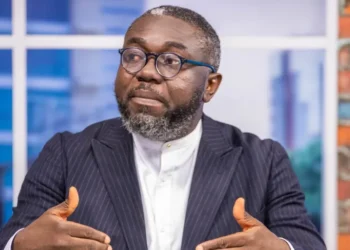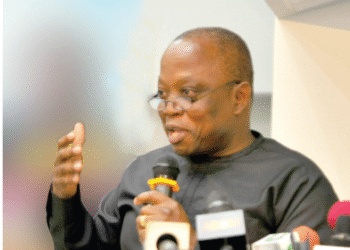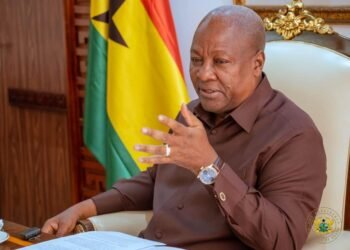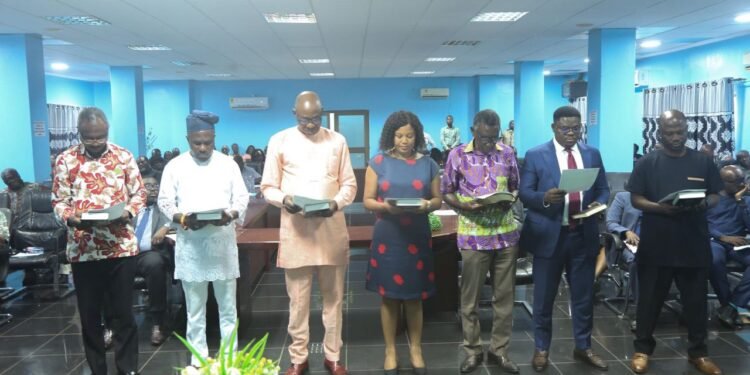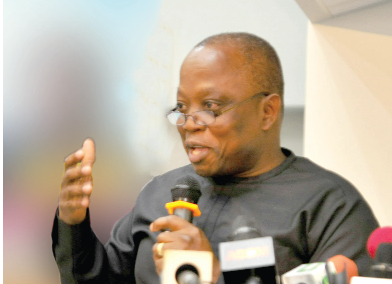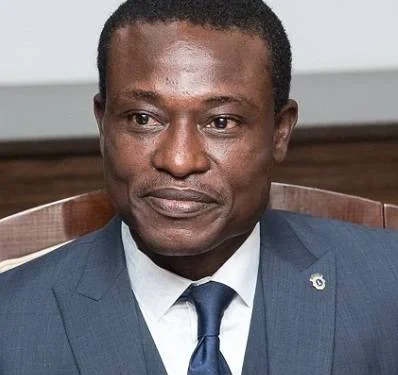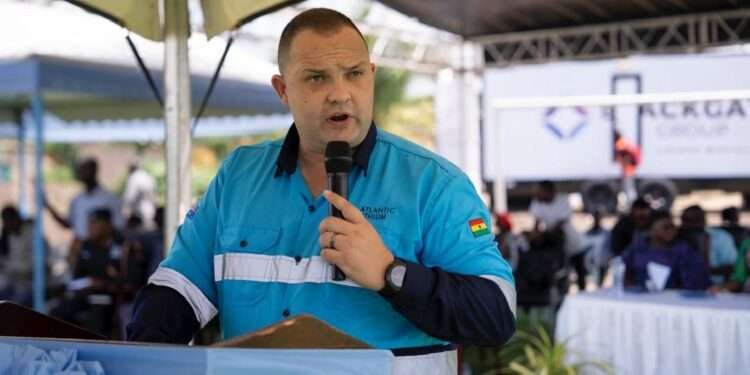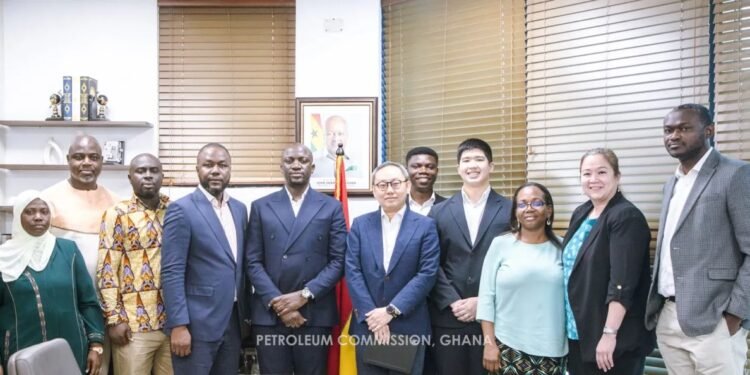In the ongoing national conversation about government spending, Hon. Felix Ofosu Kwakye, Minister of State in Charge of Government Communication, has pushed back against claims that recent economic gains are the result of reduced expenditure.
He firmly dismissed such narratives as inaccurate, stating that over the past six months alone, the administration has disbursed GH¢114 billion across critical sectors.
Hon. Kwakye made these remarks while presenting a detailed account of the government’s fiscal activity, laying out specific allocations to demonstrate that the state has been actively investing in development initiatives, debt servicing, and social intervention programs.
He emphasized that it would be misleading to attribute macroeconomic improvements solely to fiscal restraint.
A significant chunk of government spending went toward external debt repayment. According to the Minister, a total of US$700 million was allocated to settle Eurobond obligations, signaling the administration’s commitment to honoring international debt commitments and restoring investor confidence.
“GH¢10 billion to domestic bondholders has been paid; GH¢2.9 billion to the District Assemblies Common Fund (DACF) has been paid; GH¢9.1 billion to the energy sector for a stable power supply has been paid.”
Hon. Felix Ofosu Kwakye
Accordingly, Hon. Kwakye highlighted the GH¢9.1 billion earmarked for the energy sector as essential for maintaining a stable power supply—one of the key enablers of industrial activity and national productivity.
Social programs received robust backing as well. The Ghana Education Trust Fund (GETFund) received GH¢2.9 billion, while GH¢1 billion was directed to the free senior high school education policy.

These funds, according to the Minister, have helped sustain education reforms and ensure equitable access to schooling for Ghanaian youth.
Healthcare was another area that featured prominently in the government’s recent expenditures.
The National Health Insurance Scheme (NHIS) received a dual infusion—GH¢2.7 billion in general funding and an additional GH¢1.4 billion to settle outstanding insurance claims.
A further GH¢252 million was allocated for vaccines and essential medicines, strengthening public health infrastructure in the wake of recent global health challenges.
Education Prioritized In Government Spending
Hon. Felix Ofosu Kwakye further highlighted that significant allocations were made to strengthen education support systems. The Capitation Grant received GH¢72.8 million.
Additionally, GH¢52 million was allocated for Teacher Training Allowance, and GH¢369.9 million was directed toward nursing trainee support—reflecting the government’s commitment to investing in human capital development within key sectors.

“GH¢477 million to LEAP beneficiaries has been paid; GH¢895 million to the School Feeding Programme has been paid. GH¢122.8 million for BECE registration has been paid; GH¢300 million to the No Fee Stress Policy has been paid.”
Hon. Felix Ofosu Kwakye
Efforts to foster skills training and entrepreneurship were supported through GH¢21 million for the National Apprenticeship Programme and GH¢34.5 million for the Adwumawura Programme, which targets job creation in local communities.
In terms of administrative operations, GH¢2 billion was allocated to Goods and Services to keep public institutions functional. Another GH¢25 million was paid as allowances to Assembly Members—key figures in grassroots democracy.
Perhaps one of the most notable disbursements was GH¢2 billion directed at reviving the National Investment Bank (NIB), demonstrating the government’s willingness to safeguard strategic financial institutions that underpin broader economic stability.

Beyond itemizing government spending, Hon. Kwakye also pointed to significant progress in debt management. Ghana’s public debt-to-GDP ratio, which stood at 61.8% at the end of 2024, has dropped to 43.8% as of June 2025—a sharp 18% decline within just six months.
This is a milestone achievement, considering that the International Monetary Fund (IMF) program had set a 45% target to be achieved by 2034.
As the Minister emphasized, “We have achieved beyond this 9 clear years ahead of schedule!”
The assertion underscores the administration’s claim that effective spending coupled with fiscal austerity has driven the economic progress seen in recent months.
While debates continue over the sustainability of current policies, the figures presented offer a compelling counter-narrative to claims of underspending.
Whether or not this fiscal trajectory can be maintained heading into 2026 remains a question for future reviews, but for now, the data suggest that government spending has been anything but dormant.




